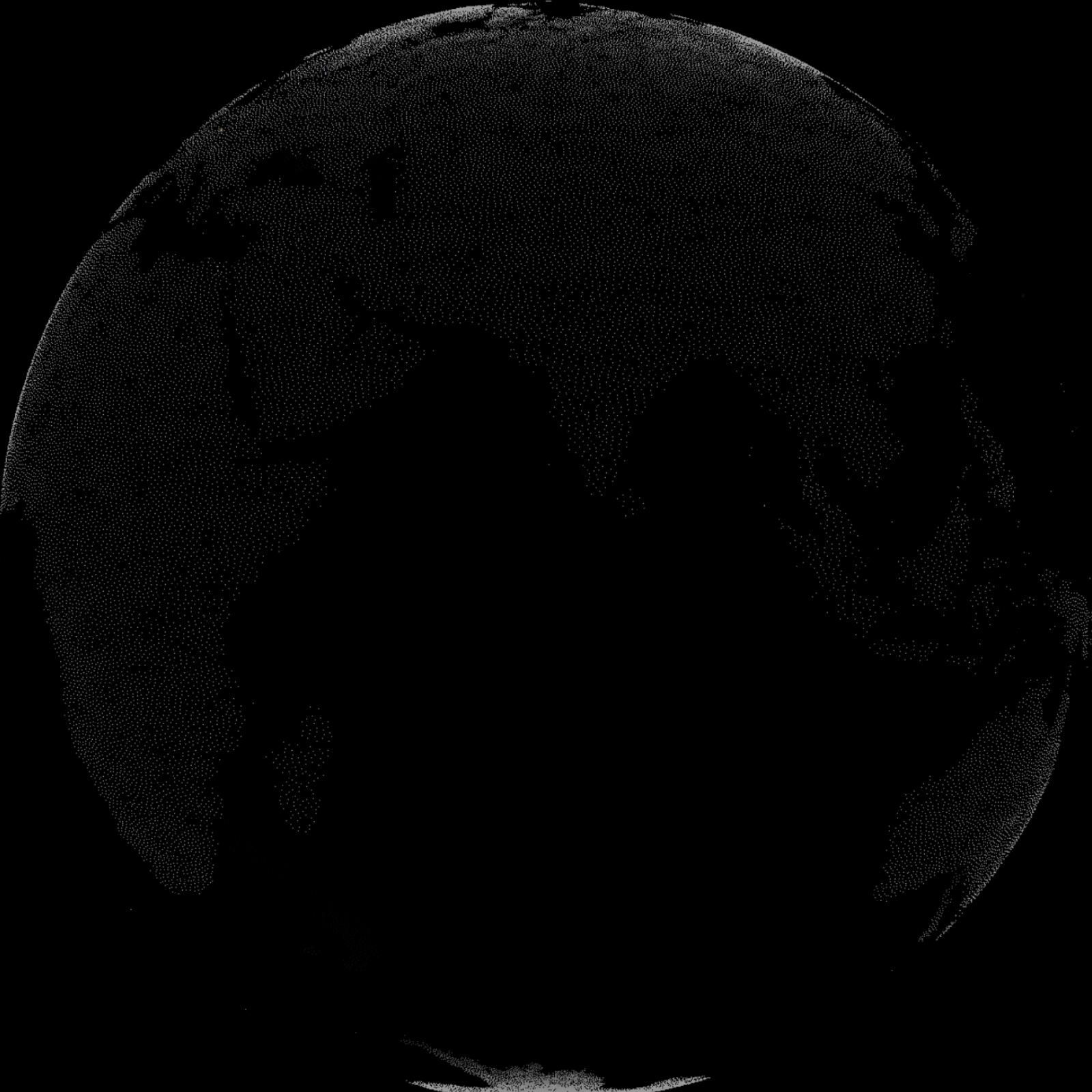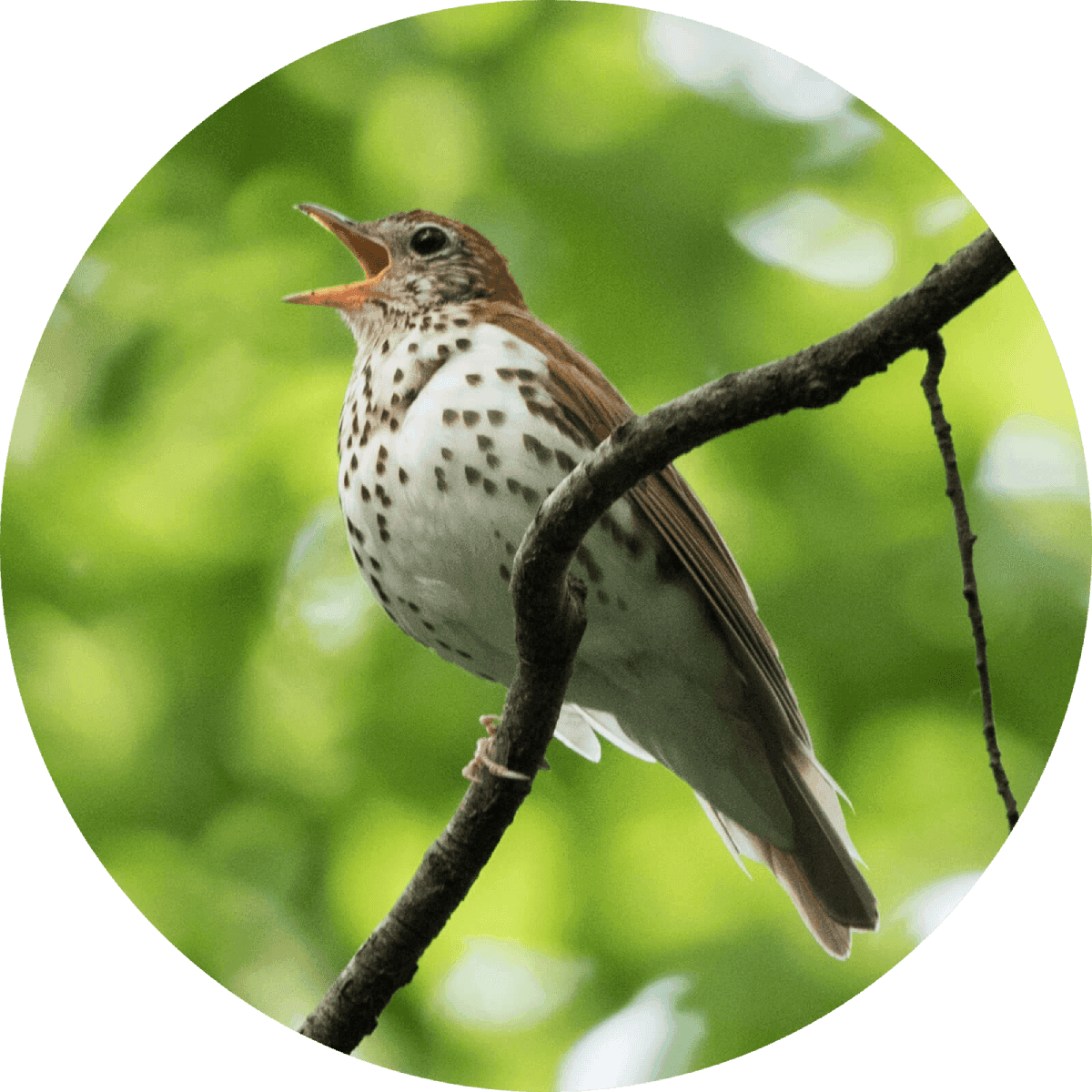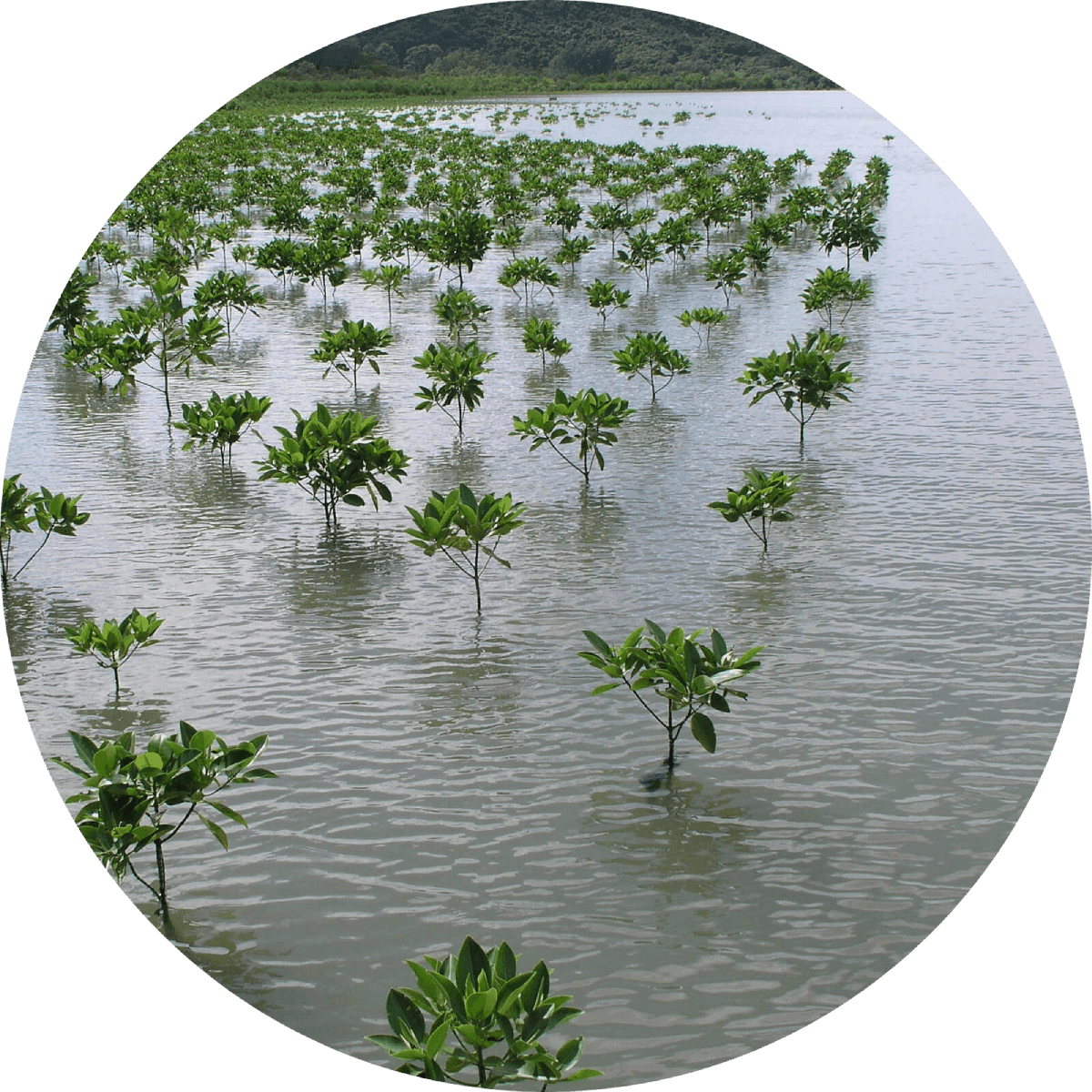“With no offspring and no known individuals from his subspecies left, Lonesome George became known as the rarest creature in the world. For decades, environmentalists unsuccessfully tried to get the Pinta Island tortoise to reproduce with females from a similar subspecies on the Galapagos Island . . . Some 20,000 giant tortoises of other subspecies still live on the Galapagos.”
“PUERTO AYORA, Galápagos Islands — Lonesome George is gone, and there will never be another like him. George, the last giant tortoise of his subspecies in this archipelago, was found dead in his corral at the Charles Darwin Research Station here the morning of June 24 — to the shock of his devoted caretakers, who had hoped he would survive for decades to continue his line. The cause was natural, according to a necropsy, with the liver showing definite signs of aging.”
Strictly protects tortoises in the Galapagos in Appendix 1 of CITIES.
The Galapagos Marine Reserve is established.
The Duncan Island Tortoise is declared extinct in the wild.
“On 20 March, [Manuel} Cruz and [Francisco] Castañeda were skirting the western slopes of the volcano, when they caught site of something 60 m ahead…The tortoise was surrounded by rocks and feeding from a tree. … A legend in his own long lifetime, George is thought to be the only giant tortoise from the isolated island of Pinta to have survived centuries of buccaneers and whalers in search of a square meal. Before he was discovered, the Pinta tortoise was assumed extinct. George brought hope — and thousands of tourists. But as each year comes and goes, it looks more and more like George is the only one of his kind left on earth — a symbol of the devastation man has wrought to the natural world in the Galápagos and beyond.”
“In 1971, the 14 (two males and 12 females) remaining wild tortoises on Hood Island were brought to the Charles Darwin Research Station for captive breeding. With only two males, there was not much genetic diversity, but this was enhanced in 1978, when the San Diego Zoo identified a tortoise in their collection as a Hood Island specimen and returned it to the Charles Darwin Station. This group of 15 tortoises has now produced more than 2,000 hatchlings, which have been release to their home island, some of which are now grown and reproducing naturally in the wild.”
Seven of the eight endangered subspecies of tortoise are brought to less dire population levels.
“The Española race was depleted until only two males and 13 females remained. In 1965, the survivors were taken to the Charles Darwin Research Station for captive breeding and 79 young tortoises were subsequently released back on Española, with a further 68 following later.”
“The Charles Darwin Foundation for the Galapagos Islands (CDF) is an international not-for-profit organization that provides scientific research and technical information and assistance to ensure the proper preservation of the Galapagos Islands . . . The Foundation is part of a network of local and national organizations supporting Galapagos Island protection. For fifty years, CDF has worked closely with the Galapagos National Park Service (GNPS), the main government authority overseeing the safeguarding of the islands' natural resources, providing the results of scientific research to conserve this living laboratory.”
The Charles Island Tortoise is declared extinct.
“. . . [Explorer Manuel] Cobos returned to San Cristobal and founded a colony . . . The work of the colony was not limited to the island upon which it settled; it drew supplies from other islands. The meat hunters, the oil collectors, and the orchilla pickers passes from island to island so frequently that it is not be expected that any of the islands has its own unmixed race of tortoises, unaffected by mixtures from others. The older specimens, those secured before the exploitation of the islands, are perhaps the least likely to be suspected of being hybridized or mongrelized by importations, and a multitude of tortoises already established on an island might not be perceptibly influenced by the advent of a few new additions from elsewhere.”
"The Bay swarmed with animals; Fishes, Sharks, & Turtles were popping their heads up in all parts. Fishing lines were soon put overboard & great numbers of fine fish 2 & even 3 feet long were caught. This sport makes all hands very merry; loud laughter & the heavy flapping of the fish are heard on every side. After dinner a party went on shore to try to catch Tortoise, but were unsuccessful. These islands appear paradises for the whole family of Reptiles. Besides three kinds of Turtles, the Tortoise is so abundant that [a] single ship's company here caught 500-800 in a short time."
“One of the most famous and splendid examples of the island rule — which played a key role in the development of Darwin's theories of natural selection – are the giant tortoises of the GalápIagos Islands . . . But his visit also shows how hard it can be for the dwarfs and giants created by the island rule to cope when their ecosystem is disrupted, especially when humans are involved. Almost immediately on landing on the islands, the Beagle's crew killed 18 tortoises for their fresh meat. With no predators, the creatures were tragically easy game. They were so large, it could take six men to carry one, and their meat became a staple food. Not surprisingly, their numbers rapidly dwindled — their survival threatened between hunters and collectors, keen for a trophy giant tortoise to show off.”


Learn about Maya Lin’s fifth and final memorial: a multi-platform science based artwork that presents an ecological history of our world - past, present, and future.

Discover ecological histories and stories of former abundance, loss, and recovery on the map of memory.

Learn how we can reduce our emissions and protect and restore species and habitats – around the world.

See how art can help us rethink the problems we face, and give us hope that each one of us can make a difference.

Help make a global memorial something personal and close to home. Share your stories of the natural world.